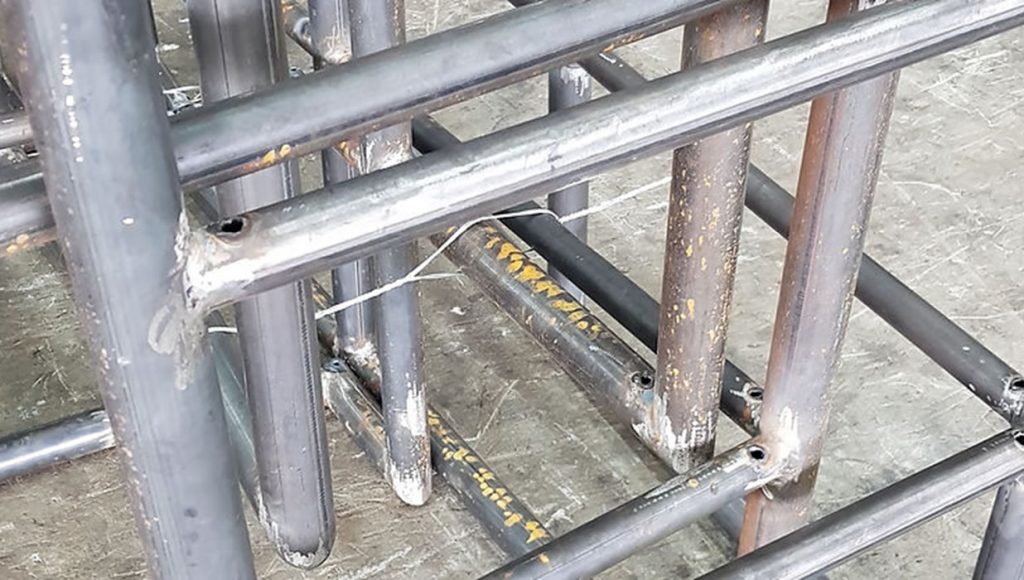Hot-dip galvanising is often the coating of choice when it comes to protecting steel against corrosion. This process involves dipping steel in molten zinc, which forms a durable protective layer. Hot-dip galvanizing can be used on a variety of projects, from small components to large structures.
Several factors need to be considered when using hot-dip galvanizing in construction. But first, let’s look at the benefits of the galvanized coating.
Corrosion protection
The main benefit of hot-dip galvanizing is corrosion protection. The zinc coating forms a barrier that protects the metal from oxidation and rust. This can be especially important in areas with a lot of moisture or salt air.
Galvanizing can also help to prevent electrical sparks from occurring. This is important in areas where flammable materials are present.
Metal Looks More Elegant
Galvanized coatings can also be used to improve the appearance of metal surfaces. They can give metals a smooth, shiny finish that can look attractive on buildings, bridges, and other structures.
Affordable
Despite all these benefits, galvanized steel is a more affordable option, both in terms of upfront purchase and maintenance cost. The price further varies based on the quality of coating used, but the minimum standard should always be zinc coating.
Now that you already know the benefits of hot-dip galvanized steel, here are some considerations you need to have to ensure optimum quality galvanizing.
Hot Dip Galvanizing Design Considerations
Thickness of coating
Hot-dip galvanizing process involves dipping the metal in molten zinc. The first is the thickness of the zinc coating. Basically, a thicker coating will be able to provide maximum corrosion protection. This is particularly important for design projects constantly exposed to changing weather.
However, a thicker coating can make the metal more challenging to work with. It is important to strike a balance between thickness and usability.
Aesthetics
Another thing to consider is the aesthetics of the galvanized coating. The coating can give the metal a smooth, shiny finish that can look attractive on buildings, bridges, and other structures.
However, the coating can also make the metal more difficult to paint. If you plan to paint the galvanized steel, make sure to use a primer that is compatible with the zinc coating.
Cost
The cost of hot-dip galvanizing will vary depending on the thickness of the coating and the size of the project. But generally, it is a more affordable option than other corrosion protection methods.
Hot-dip galvanizing should be considered for any construction project where corrosion protection is important. It is an affordable and effective way to protect metals from corrosion.
Please contact a design engineer or galvanizing personnel if you have questions about using hot-dip galvanizing in construction. They would be happy to assist you in your project and help you achieve your design idea without compromising quality.
Common Design Projects Using Galvanized Steel
Here are some common design projects that use galvanized steel:
Pipelines
Galvanized steel is often used for pipelines because it can resist corrosion from the water, oil, and gas transported through the pipeline.
Highway Guardrail
Highway guardrails are made of galvanized steel to resist corrosion from the weather and salt spray.
Storage Tanks
Storage tanks that hold corrosive materials, such as chemicals or oil, often use galvanized steel to resist corrosion.
Bridges
Galvanized steel is also used in the construction of bridges. The zinc coating protects the steel from corrosion caused by moisture and salt air.
Buildings
Hot-dip galvanizing is also commonly used on buildings. The zinc coating protects the steel from weathering and corrosion. It can also give the building a more elegant appearance.
Conclusion
Galvanized steel is an affordable and effective way to protect metals from corrosion. It is often used to construct bridges, buildings, and pipelines. They are the best choice for projects constantly exposed to weather changes as this type of steel can withstand various external factors.

